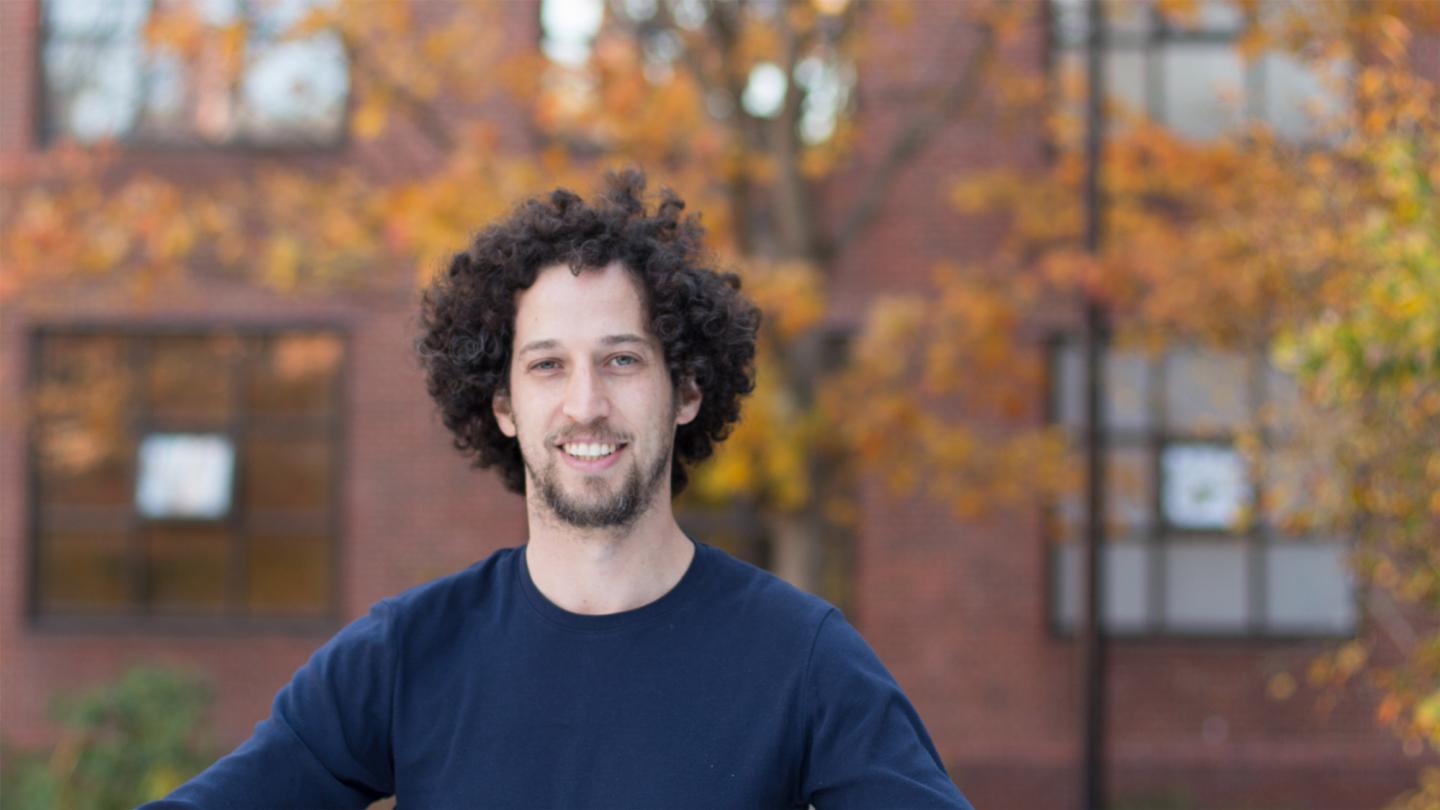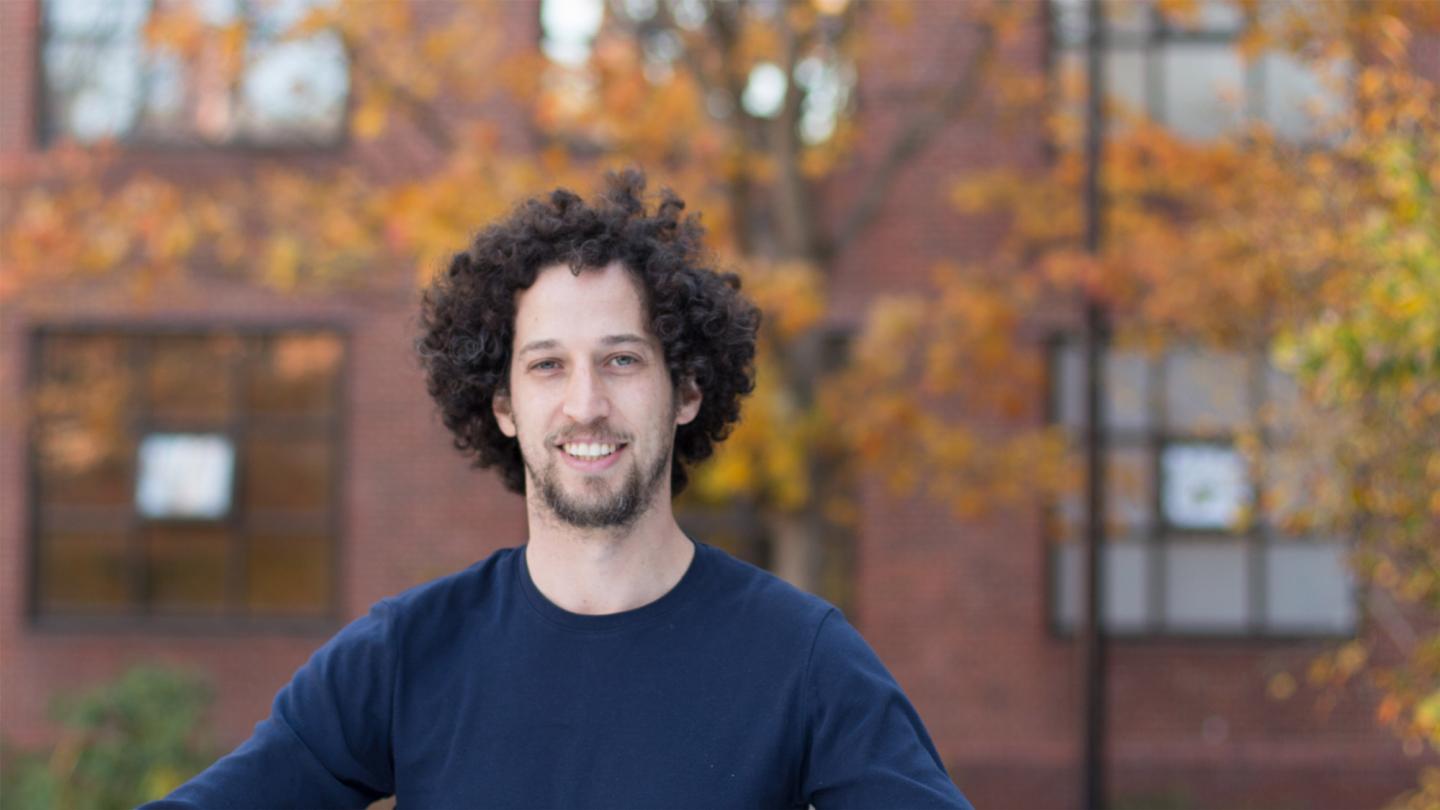
Credit: Andres Bendesky
NEW YORK — Some species of roundworms are just one millimeter long. Their brains have only 302 neurons, compared to our own 86 billion, and lack any recognizable breathing system. They share only 35 percent of their DNA with human beings.
But we have more in common with these creatures, known to scientists by their Latin name Caenorhabditis elegans (C. elegans), than one might think. Hidden in that 35 percent are clues to the origins of our behavior, according to Andres Bendesky, MD, PhD, an evolutionary biologist and principal investigator at Columbiaâ'ss Mortimer B. Zuckerman Mind Brain Behavior Institute.
"The hallmark behaviors that we humans exhibit and that arguably distinguish us from other animals — such as love or guilt — can seem intractably complex," said Dr. Bendesky, who is also an assistant professor of ecology, evolution and environmental biology at Columbia. "But evolution tells us that the genes that ultimately guide those behaviors originated somewhere. So, even the most primitive of creatures can sometimes reveal a wealth of information about ourselves."
One peculiar behavior of worms that has intrigued Dr. Bendesky: their adventurousness.
Like some humans, some C. elegans are homebodies. Once they settle on a patch of land that meets their needs, with plenty of food and comfortable conditions, these timid worms rarely leave — only venturing beyond when the food source dwindles to next to nothing.
But other C. elegans are natural explorers. Unlike their homebody cousins, these bold critters are never content in one spot. They readily journey from one patch of land to the next, leaving abundant food behind.
While in graduate school at The Rockefeller University, Dr. Bendesky hypothesized that this marked behavioral difference would show up in the animals' DNA. By screening the genome of C. elegans, he found that a gene that regulates satiety in the animals' brains influenced when the worm would choose to leave its home in search of new food. Interestingly, this gene also responds to the C. elegans version of adrenaline, a hormone that regulates stress.
These findings, published in 2011, offered an intriguing example of how a complex behavior can be whittled down to discrete parts, such as gene activity. But even more intriguing, says Dr. Bendesky, was that a similar gene exists in our own genome, and that it also responds to adrenaline.
"It would seem that comparable genes guide exploration in C. elegans and in people," said Dr. Bendesky. "This tells us that even in two species as distantly related as C. elegans and humans, there are similar genes at play."
Upon completing this work, Dr. Bendesky then moved to Harvard University, where he began exploring a complex social behavior, parental care, this time in mice.
The Monogamous Mouse
In the wild exist two species of mice that are largely similar, but distinct in how they raise their young. The first, called oldfield mice, are monogamous; the mother and father pair up and take an equal share in raising their young. Male oldfield mice are masters at building nests to ensure a safe environment for newborn mouse pups.
On the other side of the spectrum are deer mice. These mice are promiscuous. The males take no part in raising their young and do not help the females build nests. After a male impregnates a female, he moves on to the next female. Interestingly, this promiscuity is not limited to the male members of this species. Female deer mice often mate multiple times with different males over a single 24-hour hour period, so each pup of a litter can have a different father.
Dr. Bendesky's analysis of these two species revealed a strong genetic component to their behavior. By swapping newborn pups to parents of the opposite species, he noted little effect: oldfield mice still grew up to be highly involved parents, and deer mice to be less parental, no matter which species of parents raised them.
Further investigation identified the gene that produces the hormone vasopressin in their brains. Vasopressin is thought to regulate some social behaviors. Here, the research indicated that differing vasopressin levels are associated with differing parental behaviors.
"Deer mice, who are promiscuous, have high levels of vasopressin in the hypothalamus region of their brain, while levels in monogamous oldfield mice are far lower," said Dr. Bendesky.
When the researchers artificially boosted vasopressin levels in the oldfield mice, the rodents' behavior shifted dramatically. Their nest-building skills faltered, more closely resembling the behavior of the promiscuous deer mice.
Like his previous research in C. elegans, these findings, published in 2017, again offered clues to our own behavior.
"Vasopressin is not restricted to mice; it flows in our brains too," said Dr. Bendesky. "Whether it plays a role in our own parental behavior remains an open question, but vasopressin represents an intriguing area of focus."
Since arriving at Columbia's Zuckerman Institute in the summer of 2017, Dr. Bendesky has continued his research into the parental behavior in these two mice species.
He hopes to examine the brain circuity of each species in more detail, to see what differences in individual neurons, or in circuits connecting them, exist. This will help to paint a more complete picture.
The Fighting Fish
This week, Dr. Bendesky was named a 2018 Searle Scholar. The Searle Scholars Program awards grants to promising early-career scientists in the biological sciences. With this new support, he is expanding his investigations to another complex social behavior: aggression. In his lab, Dr. Bendesky studies Siamese fighting fish, famous for their aggressive behavior, to see whether these traits can be traced back to any genetic markers, and whether equivalents of those markers could exist in people.
"In many ways, what is most fascinating is not what separates us from the rest of the animal kingdom, but what connects us," said Dr. Bendesky. "A common ancestor ties our own brains and genomes to those of other animals, resulting in the remarkable similarities between people and animals in a variety of behaviors — including parental care and aggression. So, when we discover the genetic and neuronal mechanisms that guide those behaviors in animals, what can we then discover about ourselves?"
###
Media Contact
Anne Holden
[email protected]
212-853-0171
http://zuckermaninstitute.columbia.edu/
Original Source
https://zuckermaninstitute.columbia.edu/how-genes-shape-behavior





